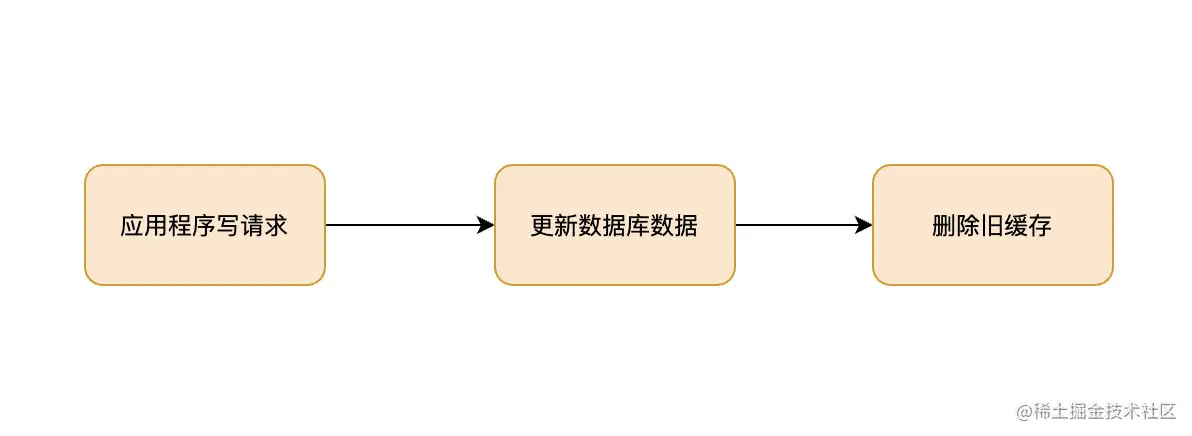当前位置:网站首页>Canoe - the third simulation project - bus simulation-1 overview
Canoe - the third simulation project - bus simulation-1 overview
2022-07-04 10:50:00 【picoasis】
The following is from 《CANoe Development from entry to mastery 》
Catalog
General of simulation engineering development technological process
Bus simulation engineering
Bus simulation engineering runs through ECU The whole process of development , Involving demand analysis 、 software development 、 software test 、 Environmental testing 、 Hardware verification 、 Production inspection 、 Failure analysis 、 Customer support and other functional departments .
For complex functions ECU, Its requirements for the test environment are also very complex , Often more dependent on the simulation environment .
Bus simulation engineering : Demand analysis 、 Planning and design 、 Code implementation 、 Test verification 、Bug Repair and project release .
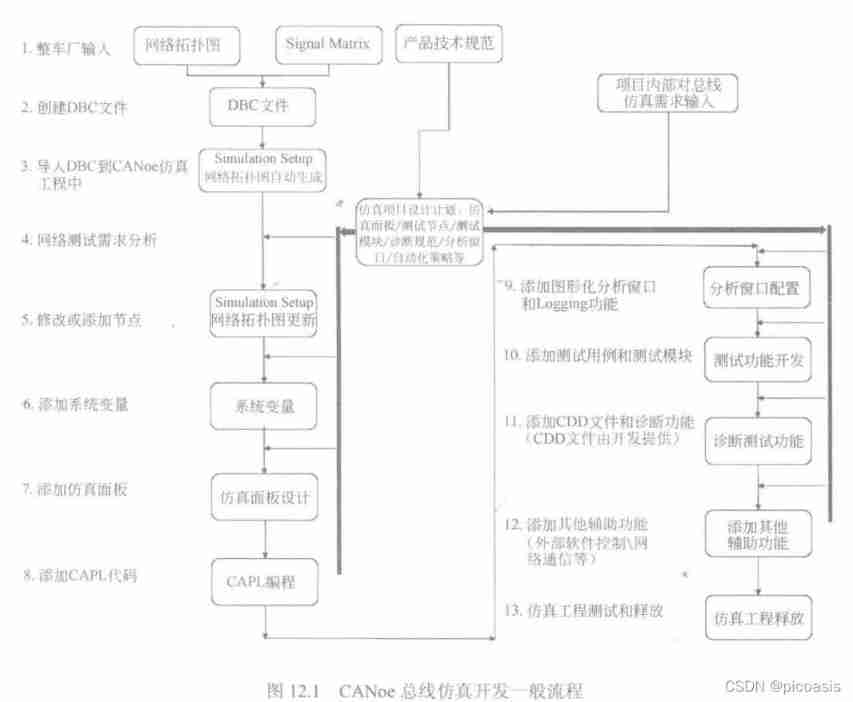
General of simulation engineering development technological process
- Vehicle factory input ( Network topology ,SIgnal Matrix, Product technical specifications )
- establish DBC file (DBC file )( Input of bus simulation requirements within the project --4 Network test demand analysis )
- Import DBC File to CANoe In simulation engineering (Simulation Setup Automatic generation of network topology )
- Network test demand analysis ( Simulation project design plan : Simulation panel 、 Test node 、 Test module 、 Diagnostic criteria 、 Analysis window 、 Automation strategy )
- Modify or add nodes (Simulation Setup Network topology update )
- Add system variables ( System variables )
- Add simulation panel ( Simulation panel design )
- add to CAPL Code (CAPL Programming )
- Add graphical analysis window and Logging function ( Analysis window configuration )
- Add test cases and test modules ( Test function development )
- add to CDD File and diagnostic functions (CDD The document is provided by the developer )( Diagnostic test function )
- Add other accessibility ( External software control 、 Network communication, etc )( Other auxiliary functions )
- Simulation engineering test and release
Development strategy
In the face of different vehicle manufacturers and different products , We need to further analyze the needs and formulate some strategies , Otherwise, more simulation projects may not meet the needs of the project .
TIPS:
- Strive to get the original vehicle factory Of DBC file : It can save a lot of time , Ensure the accuracy of the database
- Do a good job in the analysis of early product development documents : Find the network —— Related functions 、 Related messages 、 Related nodes
- Listen to the needs of project members : The needs of software developers 、 Requirements of functional testers 、 The Internet \ Diagnostic testing shoe needs 、 The need for automated testing 、 Requirements for hardware verification and environmental testing 、 Needs of on-site technical support personnel
- Understand the simulation of key nodes and the switching plan of real nodes : Understand the sample plan of the project 、 Whether you can get others in the development stage ECU And whether the vehicle manufacturer provides test vehicles and other information .
- For key nodes , Strive to get the corresponding ECU Module samples , Because simulation may not replace nodes in some cases , The existing risks must be avoided as far as possible
- Simplify topology , Planning panel and code design
- For critical nodes , Guarantee its independence , Key functions can be simulated independently , It can also be closed at any time , Replace with real nodes
- For secondary nodes ( There is not much data exchange ) Or indirect nodes ( Not on the same bus ) Relevant simulation functions can be placed on a panel .
- For the node to be tested ( The project needs to be developed ECU), According to the needs of xiangmanyuan , Decide whether to develop relevant simulation functions , If there is no need to do any preliminary simulation evaluation , Consider not developing ( Directly in Simulation Setup Turn this node off )
- Before release , Make the configuration , Different from giving consideration CANoe Version compatibility .
- Before releasing the simulation project , You can take some protective measures against the code , Avoid arbitrary modification by others .
- When releasing the simulation project , You need to attach the release document , And do a good job of version control .
边栏推荐
- [Galaxy Kirin V10] [server] NUMA Technology
- Aike AI frontier promotion (2.14)
- TS type gymnastics: illustrating a complex advanced type
- Network connection (III) functions and similarities and differences of hubs, switches and routers, routing tables and tables in switches, why do you need address translation and packet filtering?
- shell awk
- Virtual machine configuration network
- If you don't know these four caching modes, dare you say you understand caching?
- Rhcsa operation
- Es entry series - 6 document relevance and sorting
- software test
猜你喜欢
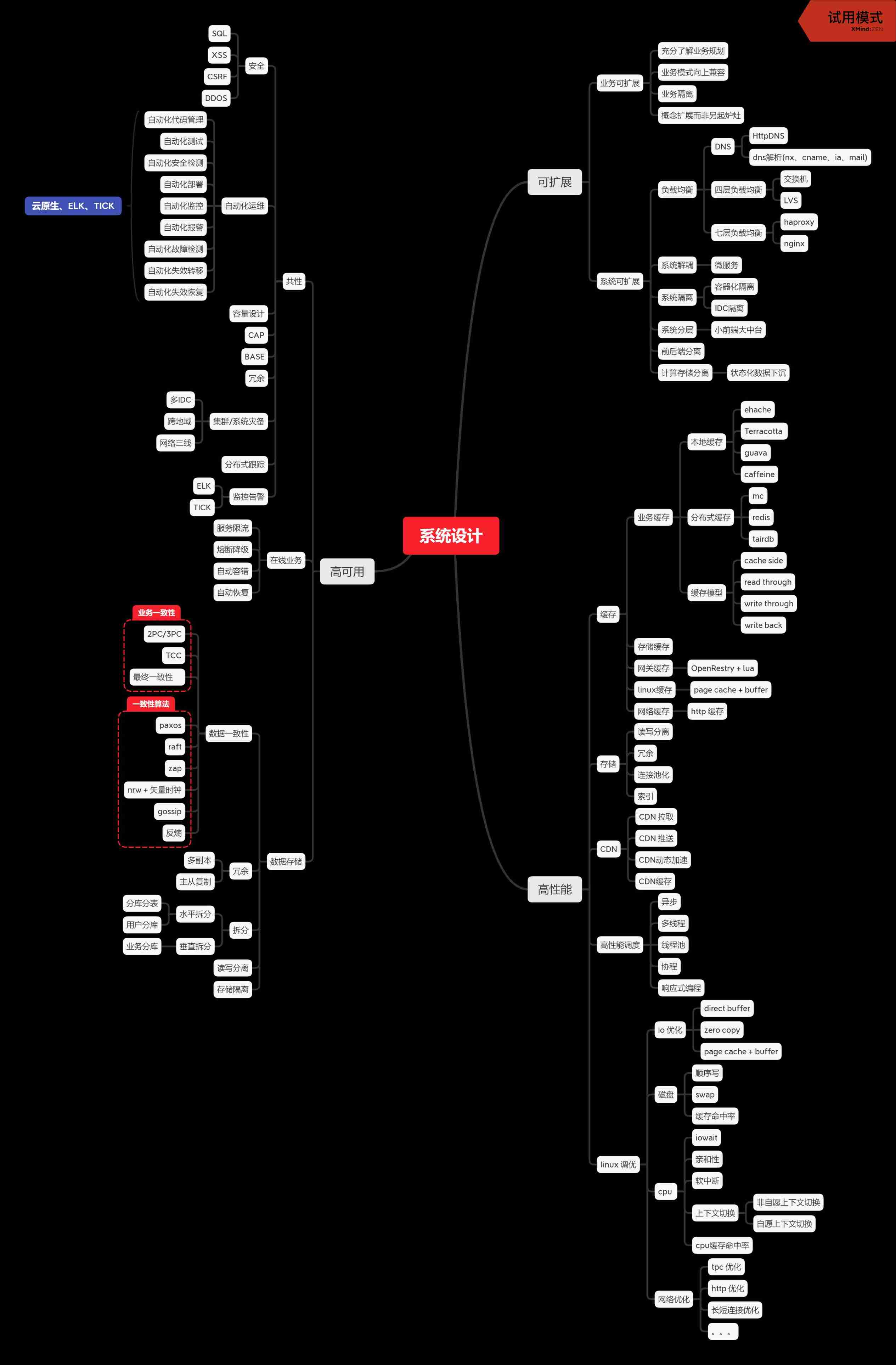
system design
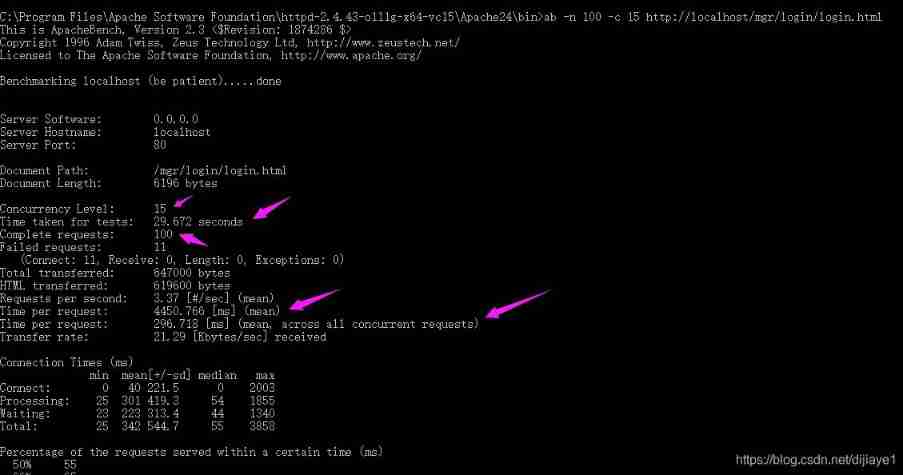
Ten key performance indicators of software applications

Two way process republication + routing policy
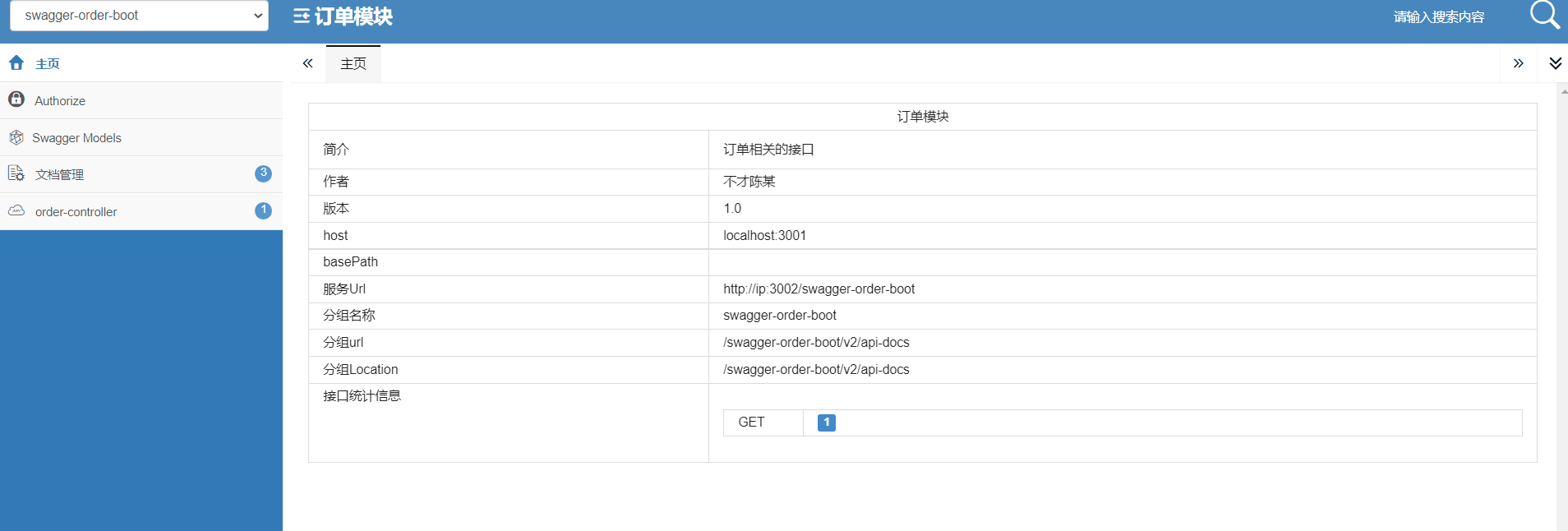
How do microservices aggregate API documents? This wave of show~

Hidden C2 tunnel -- use of icmpsh of ICMP
If you don't know these four caching modes, dare you say you understand caching?
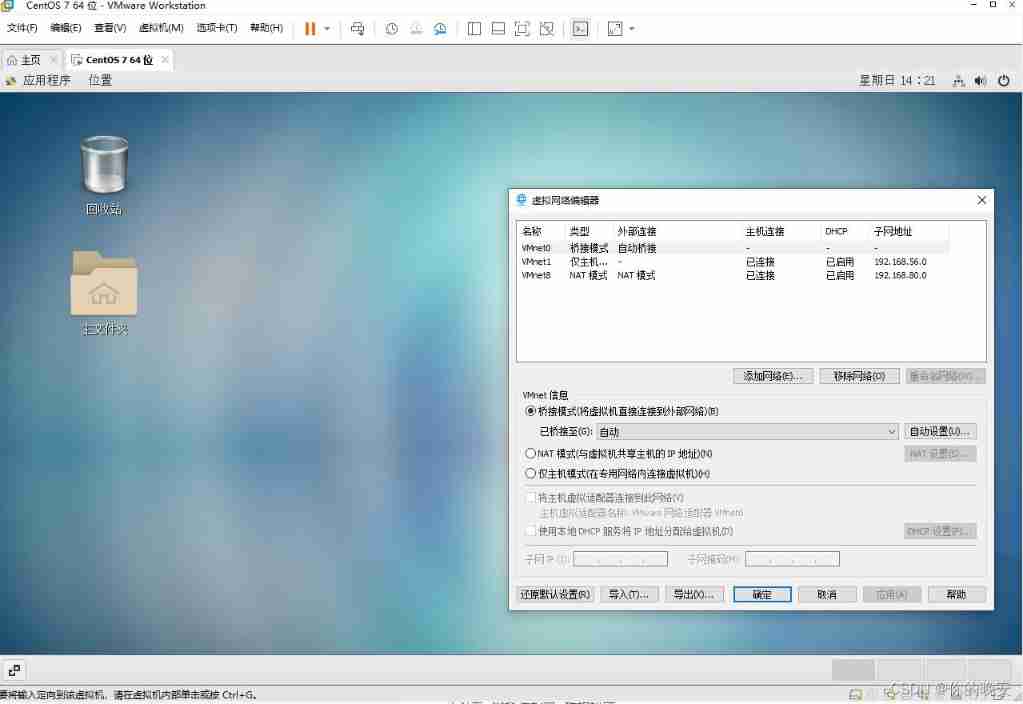
Virtual machine configuration network

Application and Optimization Practice of redis in vivo push platform
![[Galaxy Kirin V10] [desktop] cannot add printer](/img/a6/28e4aa31e805a018e6db2b32ca1be0.jpg)
[Galaxy Kirin V10] [desktop] cannot add printer
![[Galaxy Kirin V10] [desktop] FTP common scene setup](/img/f6/e4fbfe69a6a7635ee6364114c46fd8.jpg)
[Galaxy Kirin V10] [desktop] FTP common scene setup
随机推荐
/*The rewriter outputs the contents of the IA array. It is required that the type defined by typedef cannot be used in the outer loop*/
BGP advanced experiment
[Galaxy Kirin V10] [server] failed to start the network
PHP programming language (1) - operators
Discussion | has large AI become autonomous? Lecun, chief scientist of openai
/*Write a function to open the file for input, read the contents of the file into the vector container of string class 8.9: type, and store each line as an element of the container object*/
Rhsca day 11 operation
183 sets of free resume templates to help everyone find a good job
[Galaxy Kirin V10] [server] system partition expansion
Postman interface test
Sword finger offer 31 Stack push in and pop-up sequence
Rhcsa day 10 operation
DML statement of MySQL Foundation
C language - stack
Student achievement management system (C language)
Delayed message center design
[Galaxy Kirin V10] [server] KVM create Bridge
The bamboo shadow sweeps the steps, the dust does not move, and the moon passes through the marsh without trace -- in-depth understanding of the pointer
Virtual machine configuration network
Error C4996 ‘WSAAsyncSelect‘: Use WSAEventSelect() instead or define _ WINSOCK_ DEPRECATED_ NO_ WARN
